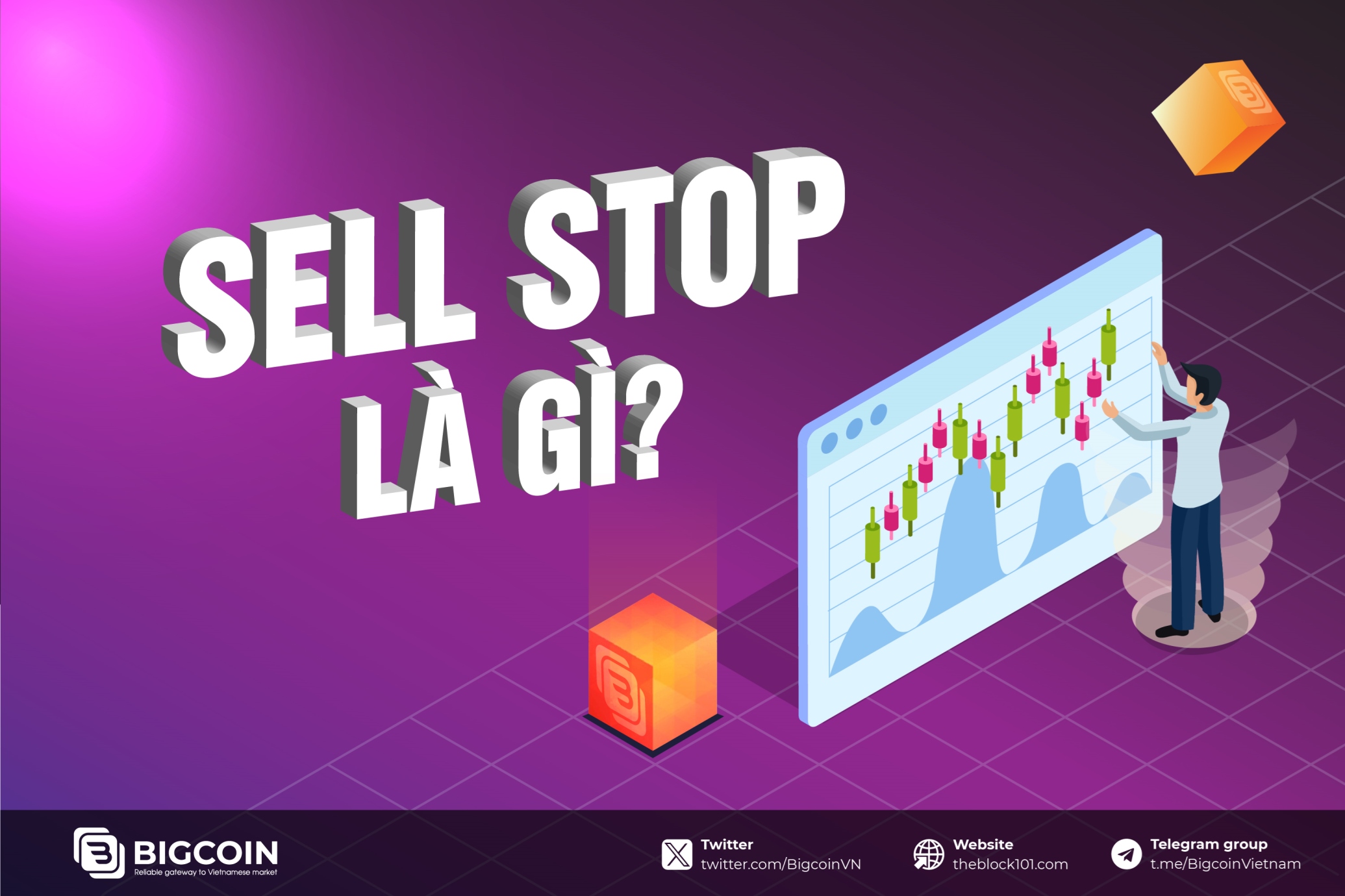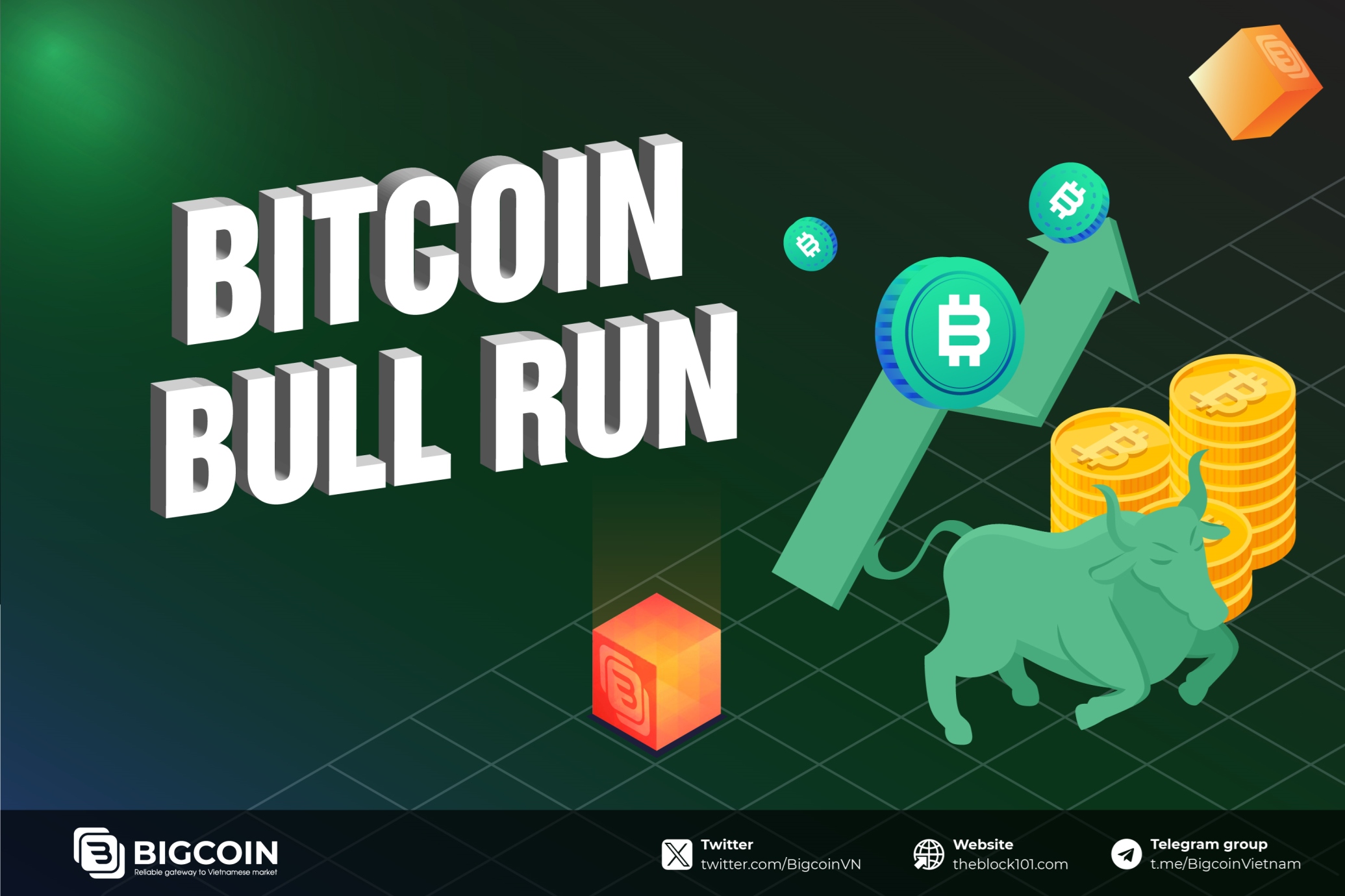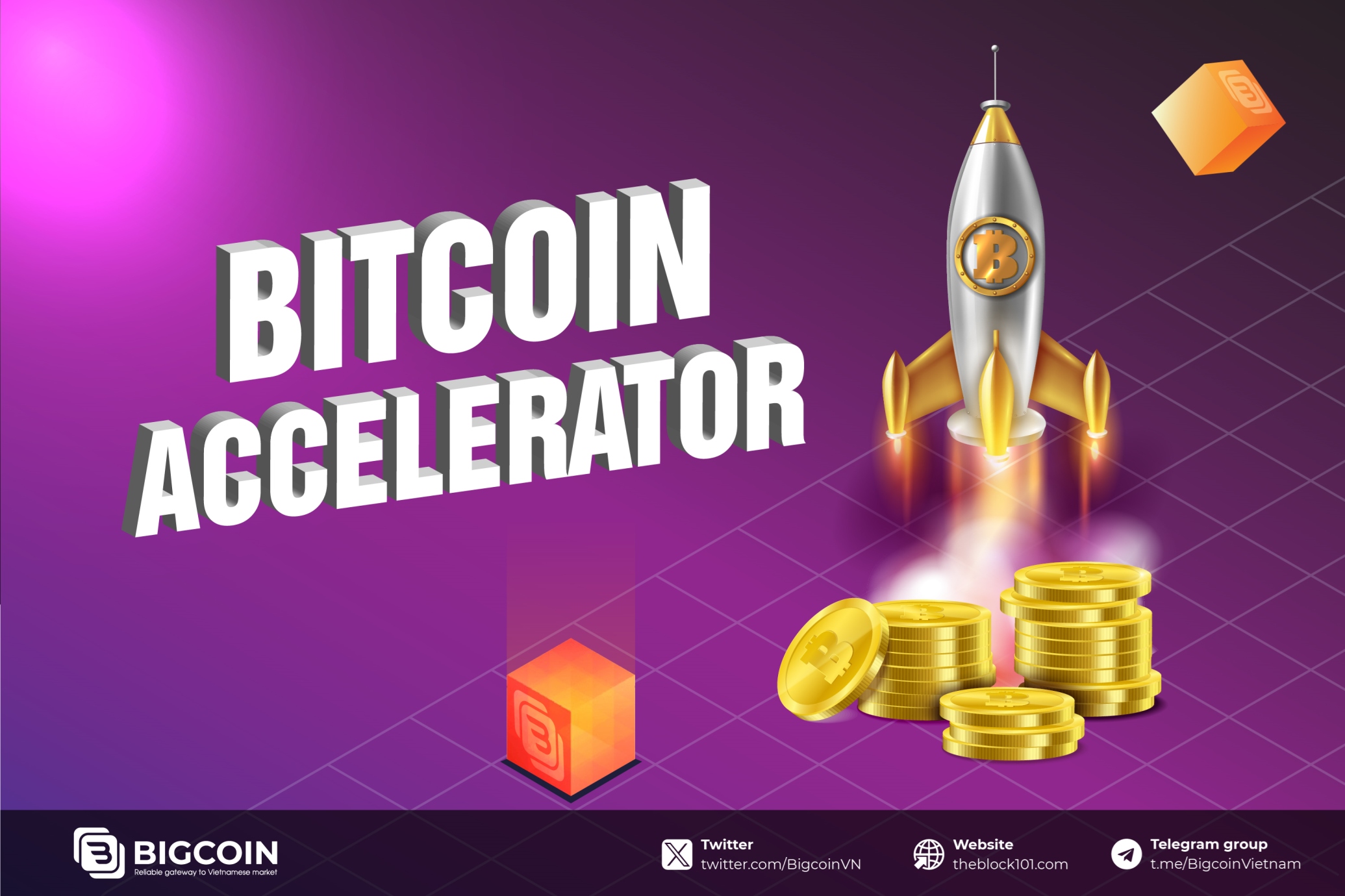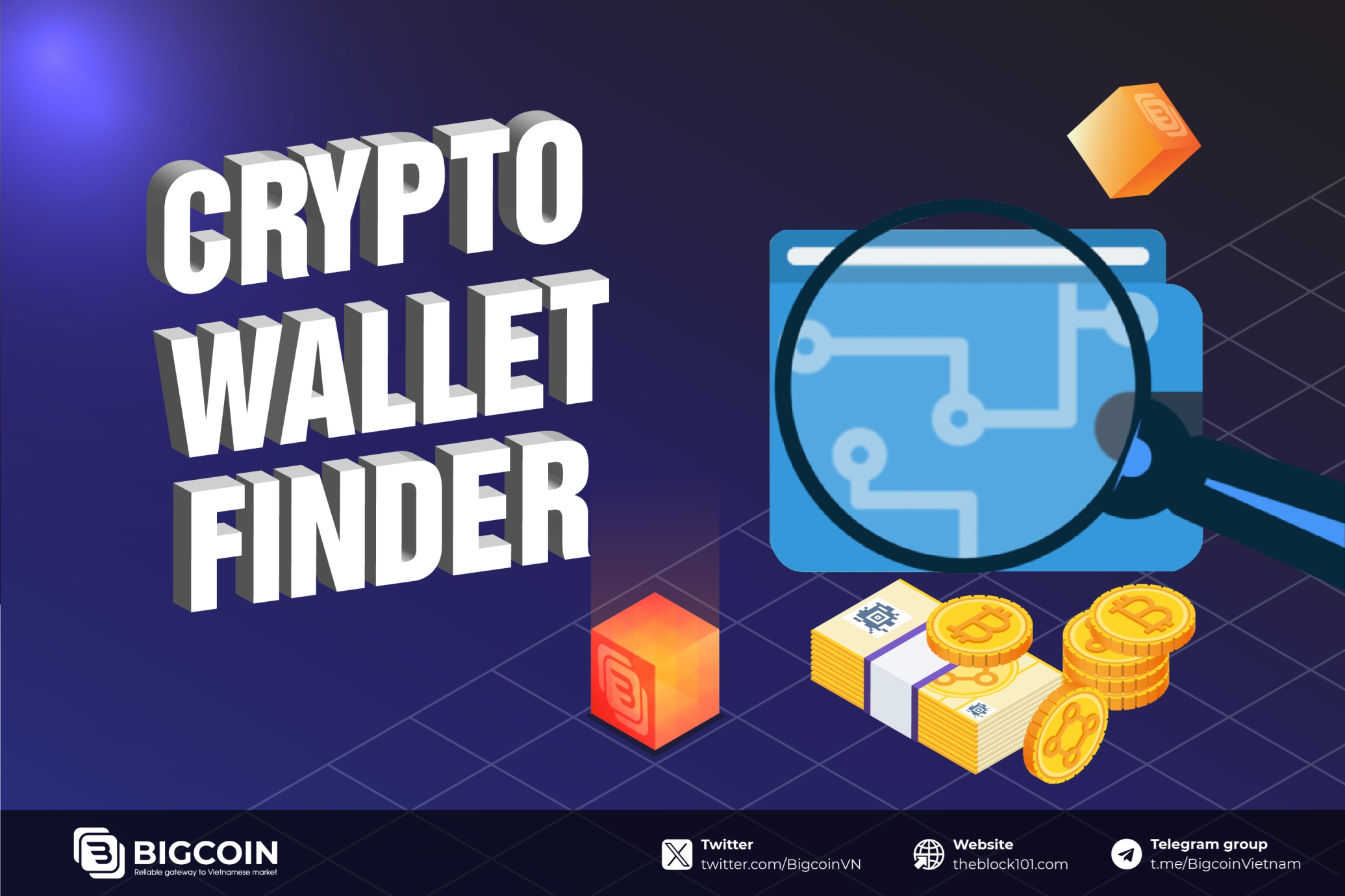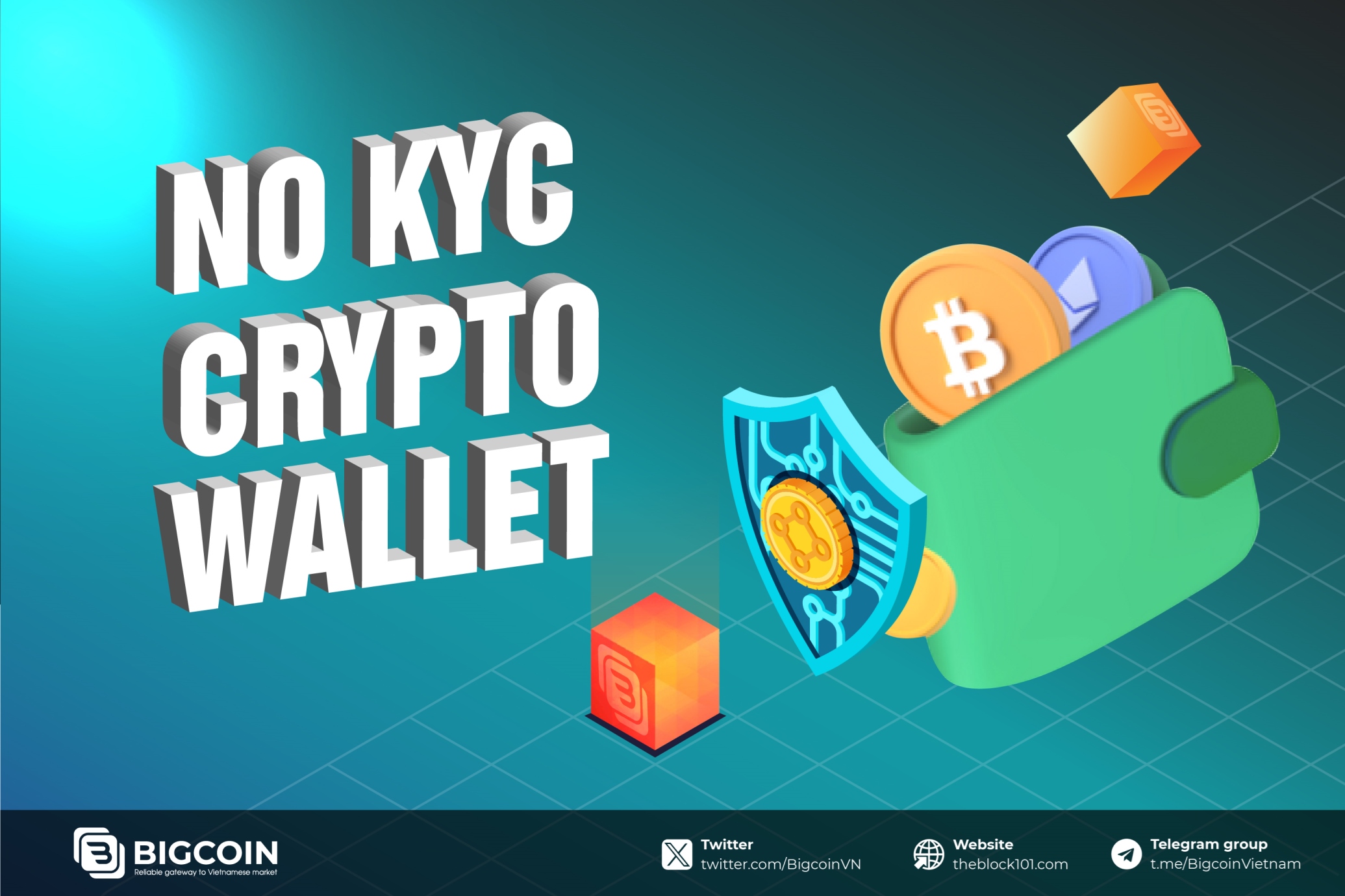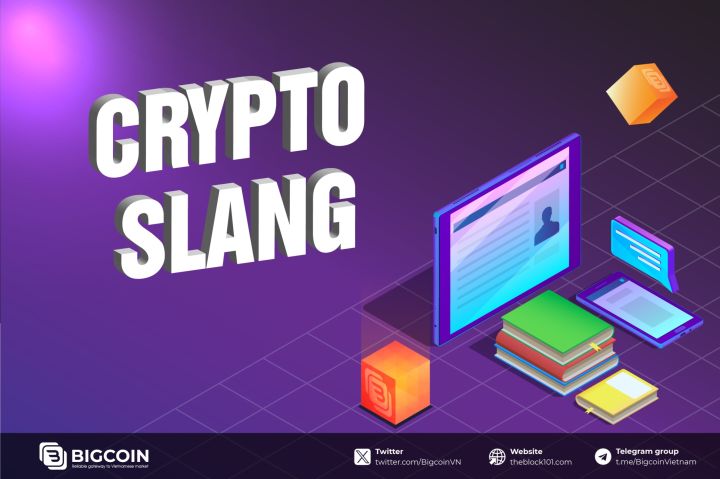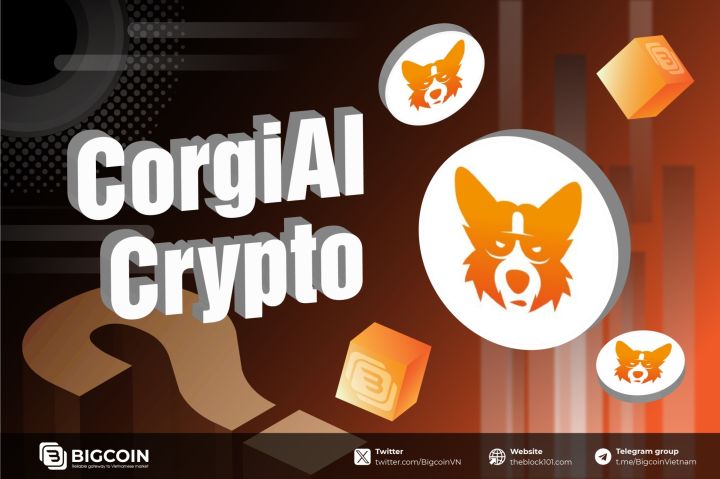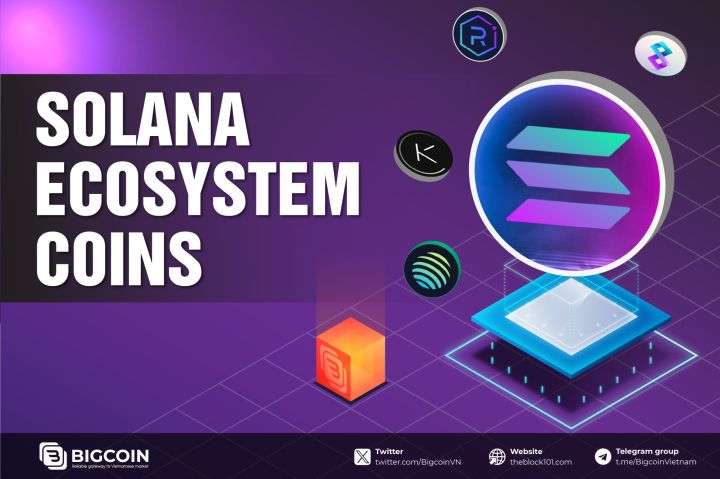1. What Are Altcoins? A Deep Dive into the Crypto Landscape
If you've ever ventured into the world of cryptocurrency, you've likely come across the term "altcoin." But what exactly is an altcoin? In essence, an altcoin is any cryptocurrency that isn't Bitcoin. Think of it as the "other kids" on the cryptocurrency block.
Bitcoin, often hailed as the "digital gold," was the first and most well-known cryptocurrency. It captured the world's imagination and set the stage for a new asset class. However, as the cryptocurrency market matured, developers realized that Bitcoin wasn't the end-all, be-all of digital currencies. They began experimenting with different blockchain technologies, creating new coins with unique features and functionalities.
Enter the altcoin. These alternative cryptocurrencies came into existence to address specific shortcomings of Bitcoin or to explore new use cases. For instance, Ethereum, one of the most popular altcoins, introduced the concept of smart contracts, allowing for the creation of decentralized applications (dApps). Litecoin, another early altcoin, offered faster transaction times than Bitcoin.
Today, there are thousands of altcoins in existence, each with its own unique value proposition. Some altcoins aim to become the next Bitcoin, while others focus on niche markets like privacy, gaming, or supply chain management. This diversity is both a blessing and a curse for investors. On the one hand, it offers a wide range of investment opportunities. On the other hand, it can make it challenging to distinguish between promising projects and outright scams.
2. Types of Altcoins: A Comprehensive Guide
The world of cryptocurrencies is vast and diverse, with thousands of altcoins vying for attention. But how can you navigate this complex landscape? Understanding the different types of altcoins is a crucial first step.
- Mining-Based Altcoins: At the heart of many altcoins lies a process called mining. Mining-based altcoins, like Bitcoin, are created through a computationally intensive process that verifies transactions and adds them to the blockchain. These coins often use a consensus mechanism known as Proof of Work, which requires miners to solve complex mathematical puzzles. While mining has been a cornerstone of the cryptocurrency industry, it has also faced criticism for its high energy consumption. Popular mining-based altcoins include Litecoin, Ethereum (before the Merge), and Monero.
- Stablecoins: Unlike other cryptocurrencies that can experience wild price fluctuations, stablecoins are designed to maintain a relatively stable value. They are typically pegged to a fiat currency, such as the US dollar, or a commodity like gold. Stablecoins provide a much-needed hedge against the volatility of the broader cryptocurrency market and are often used for trading and as a store of value. Tether (USDT) and USD Coin (USDC) are two of the most well-known stablecoins.
- Utility Tokens: Utility tokens are created to provide access to a specific product or service within a blockchain ecosystem. These tokens can be used to pay for fees, unlock features, or participate in governance. For example, Filecoin is a utility token that can be used to purchase storage space on a decentralized storage network. Utility tokens often play a vital role in driving adoption and usage of a particular blockchain platform.
- Meme Coins: Meme coins are a relatively new phenomenon in the cryptocurrency world. These coins are often created as a joke or based on internet memes and have gained significant popularity due to social media hype and community-driven support. Dogecoin, Shiba Inu, and Pepe are some of the most famous meme coins. While meme coins can experience sudden and dramatic price spikes, they are generally considered to be highly speculative and risky investments.
Investing in altcoins can be a rewarding but risky endeavor. The cryptocurrency market is highly volatile, and the value of altcoins can fluctuate significantly. Before investing in any altcoin, it's essential to conduct thorough research and consider factors such as the project's team, technology, and community. Additionally, it's important to diversify your portfolio and only invest what you can afford to lose.
3. Altcoin Exchanges and Wallets: Your Guide to Safekeeping Your Crypto
With the proliferation of altcoins, the need for reliable platforms to trade and store these digital assets has never been greater. In this guide, we'll explore the key differences between altcoin exchanges and wallets, and provide you with essential tips for choosing the right tools for your crypto journey.
Altcoin Exchanges
Altcoin exchanges are online platforms that allow you to buy, sell, and trade a wide range of cryptocurrencies. These exchanges act as marketplaces where buyers and sellers can connect and execute trades. When selecting an exchange, consider factors such as:
- Security: Look for exchanges with robust security measures, including two-factor authentication (2FA) and cold storage for a significant portion of their funds.
- Fees: Compare the trading fees and withdrawal fees charged by different exchanges.
- Coin selection: Ensure the exchange supports the specific altcoins you're interested in trading.
- User interface: A user-friendly interface can make your trading experience much more enjoyable.
Popular altcoin exchanges include Binance, Coinbase, Kraken, and KuCoin.
Altcoin Wallets
An altcoin wallet is a digital wallet that allows you to store your cryptocurrency. Unlike exchanges, wallets give you complete control over your private keys. There are two main types of wallets:
- Hot wallets: Hot wallets are connected to the internet and are typically easier to use. However, they are also more vulnerable to hacking. Popular hot wallet options include MetaMask, Trust Wallet, and Coinbase Wallet.
- Cold wallets: Cold wallets, on the other hand, are not connected to the internet and are considered to be the most secure way to store your cryptocurrency. Hardware wallets like Ledger Nano S and Trezor are popular choices.
Choosing the Right Wallet
The best wallet for you will depend on your specific needs and risk tolerance. If you plan to trade frequently, a hot wallet may be more convenient. However, if you're looking for long-term storage, a cold wallet is a better option.
Key Considerations:
- Security: Prioritize security when choosing a wallet.
- Supported coins: Ensure the wallet supports the coins you want to store.
- User experience: Consider the ease of use and the features offered by the wallet.
- Cost: Hardware wallets typically have a higher upfront cost, but they offer the highest level of security.
In conclusion, both altcoin exchanges and wallets play a crucial role in the cryptocurrency ecosystem. By understanding the differences between the two and carefully considering your needs, you can make informed decisions about how to safely store and manage your digital assets.
4. Key Metrics to Track for Altcoins
When investing in altcoins, understanding key metrics can provide valuable insights into a project's health and potential. Let's explore some of the most important indicators to watch.
- Market Capitalization: This metric represents the total market value of a cryptocurrency. It is calculated by multiplying the current price of a coin by its circulating supply. Market capitalization gives you an idea of a coin's overall size and its standing within the cryptocurrency market.
- 24-Hour Trading Volume: This figure shows the total amount of a cryptocurrency traded over the past 24 hours. High trading volume often indicates strong interest and liquidity. However, it's essential to consider other factors as well.
- Circulating Supply: This refers to the total number of coins that are currently in circulation and available for trading. A higher circulating supply can impact the price of a coin, as it increases the overall supply.
- Total Supply: This is the maximum number of coins that will ever exist. A limited total supply can create scarcity and potentially drive up prices.
- Max Supply: The maximum supply is the hard cap on the number of coins that can be created. This figure can influence the long-term price trajectory of a cryptocurrency.
5. Altcoin Trading Strategies
Trading altcoins can be a lucrative venture, but it requires a solid understanding of various strategies and a risk-management approach. Let's explore some common altcoin trading strategies.
Buy and Hold
The buy-and-hold strategy involves purchasing altcoins and holding them for an extended period, often years, with the expectation that their value will increase over time. This long-term approach is suitable for investors who believe in the underlying technology and long-term potential of a particular altcoin.
Swing Trading
Swing trading focuses on capturing short-term price movements. Swing traders typically hold positions for a few days to several weeks, aiming to profit from price swings. This strategy requires a keen eye for technical analysis and a good understanding of market sentiment.
Trend Trading
Trend trading involves identifying and following the prevailing price trend of an altcoin. Traders who employ this strategy buy when the price is trending upward and sell when it's trending downward. Trend trading is based on the idea that price trends tend to continue for a certain period.
Scalping
Scalping is a high-frequency trading strategy that involves taking advantage of small price fluctuations. Scalpers aim to make numerous small profits throughout the trading day. This strategy requires quick execution and a deep understanding of market microstructure.
Arbitrage
Arbitrage trading seeks to profit from price discrepancies between different exchanges. Arbitrage traders buy an altcoin on one exchange at a lower price and simultaneously sell it on another exchange at a higher price. While arbitrage opportunities are becoming increasingly rare, they can still provide profitable trades for those who are quick to act.
Choosing the Right Strategy The best trading strategy for you depends on your risk tolerance, time commitment, and investment goals. Consider the following factors when selecting a strategy:
- Risk tolerance: How comfortable are you with market volatility?
- Time commitment: How much time can you dedicate to trading?
- Investment goals: Are you looking for long-term growth or short-term profits?
- Market conditions: Market conditions can change rapidly, so it's essential to adapt your strategy accordingly.
Remember, trading altcoins involves risk. Past performance is not indicative of future results, and it's possible to lose money. Always conduct thorough research before making any investment decisions and consider consulting with a financial advisor.
6. The Risks of Investing in Altcoins
While investing in altcoins can offer significant potential rewards, it's essential to be aware of the inherent risks involved. Here are some of the most significant risks to consider:
Price Volatility
Altcoins are notoriously volatile, meaning their prices can fluctuate wildly in a short period. While this volatility can lead to substantial gains, it can also result in significant losses. Even well-established altcoins can experience sharp price drops.
Scams and Fraud
The cryptocurrency market is largely unregulated, making it a breeding ground for scams and fraudulent projects. Many altcoins are created with the sole purpose of defrauding investors. It's crucial to conduct thorough research and only invest in projects with a strong track record and a transparent team.
Hacking and Security Breaches
Cryptocurrency exchanges and wallets are susceptible to hacking attacks and security breaches. If your funds are stored on an exchange that is hacked, you may lose your investment. To mitigate this risk, use strong, unique passwords, enable two-factor authentication, and consider storing your crypto in a hardware wallet.
Regulatory Uncertainty
The regulatory landscape for cryptocurrencies is constantly evolving, and new regulations can have a significant impact on the market. Changes in regulations can lead to price volatility and may even result in certain altcoins being banned or restricted.
Lack of Liquidity
Many altcoins have relatively small market capitalizations and low trading volumes. This can make it difficult to buy or sell large quantities of these coins without significantly impacting the price.
7. Conclusion
The altcoin market offers a wide range of investment opportunities, but it's important to approach it with caution. While the potential rewards can be substantial, the risks are also significant. By understanding the risks involved and conducting thorough research, you can make more informed investment decisions.
Readmore

 English
English Tiếng Việt
Tiếng Việt


